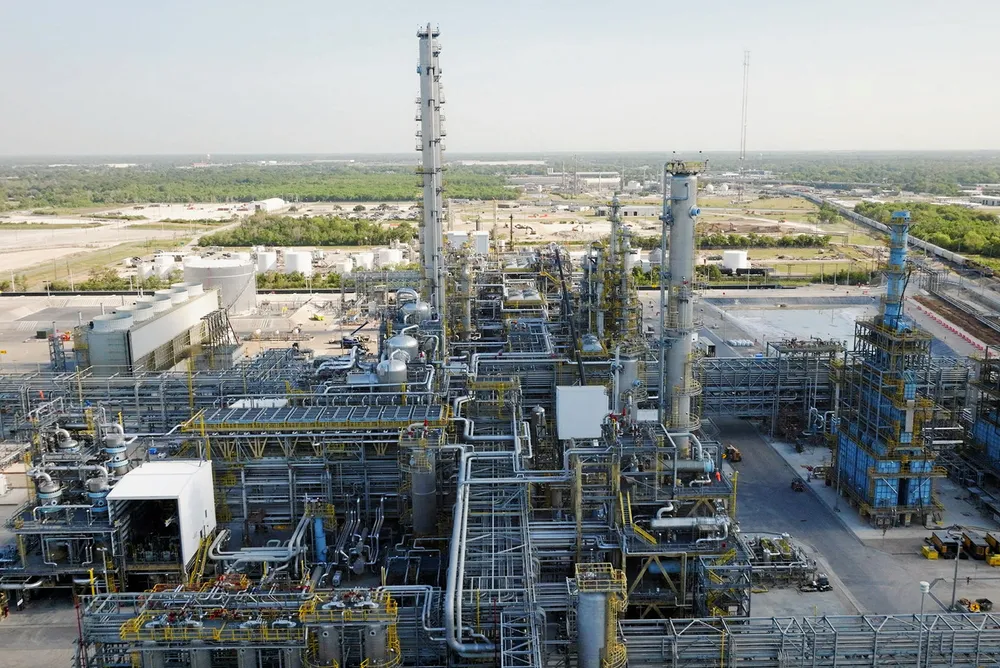ExxonMobil threatens to scrap world's largest blue hydrogen project over US emissions criteria for tax credits
Requirements to use zero-carbon electricity in H2 production processes could push the project into the tax break’s lowest bracket

Requirements to use zero-carbon electricity in H2 production processes could push the project into the tax break’s lowest bracket
